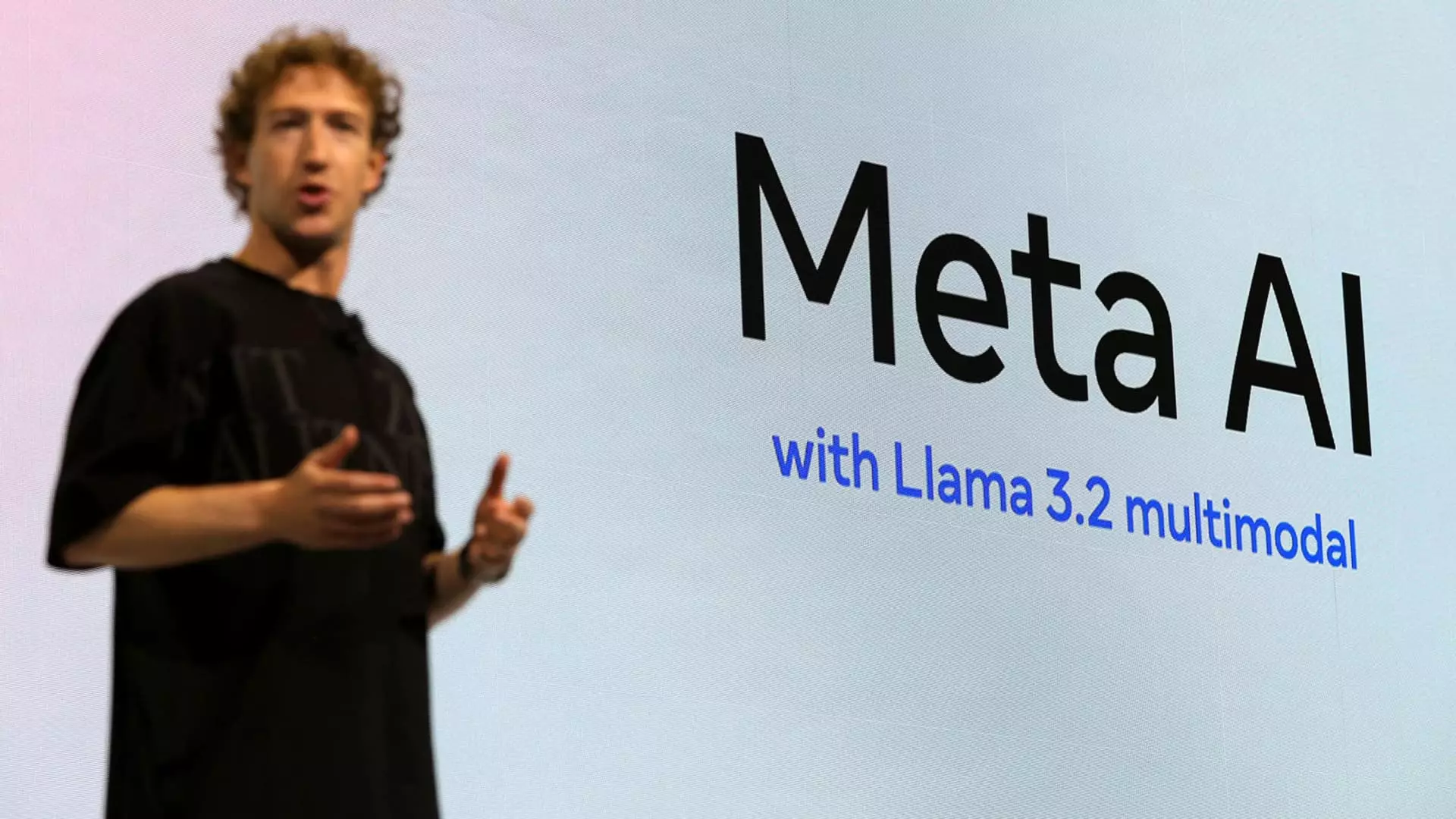In a recent ruling that’s reverberating through the realm of copyright law, Judge Vince Chhabria sided with tech behemoth Meta in a lawsuit brought forth by a cadre of authors, including prominent voices like Sarah Silverman and Ta-Nehisi Coates. The case centered around the use of copyrighted works to train Meta’s Llama artificial intelligence model, and the fallout from this decision could potentially undermine the creative industries. While Judge Chhabria acknowledged that “it is generally illegal to copy protected works without permission,” his ruling rested heavily on the interpretation of “fair use.” This legal doctrine, designed to foster innovation, should not come at the cost of suffocating the very sources of creativity it aims to protect.
Judge Chhabria’s reasoning hinged on the argument that Meta’s use of these copyrighted texts did not demonstrate significant market harm. However, the implications of such a ruling risk trivializing the legitimate concerns of authors. By effectively sanctioning a framework where corporations can digest and repackage creative works without compensating the original creators, we are not merely observing a case of legal semantics; we are witnessing a fundamental challenge to the sustainability of artistic expression.
Questions of Market Harm and Creative Integrity
The legal crux of the case suggested that the authors were unable to sufficiently prove that Meta’s practices would lead to significant market harm. But this raises an alarming question: what does “market harm” truly encompass? It isn’t just about lost sales—it is about the erosion of livelihood for authors, musicians, and other creators. The judge’s decision seemed to imply that unless a creator can provide quantitative data to demonstrate financial loss, their claims hold little weight within the court’s framework. This perspective overlooks the qualitative aspects of creativity and its societal value.
The sheer idea that a multi-billion-dollar corporation can harvest the intellectual labor of writers and artists, citing an abstract notion of “transformative purpose,” screams of an inequitable power imbalance. As our society increasingly leans on technology and artificial intelligence, we must scrutinize how these advancements are constructed. If the building blocks of our AI systems are the exploited works of underpaid creators and their fruits, what kind of landscape are we willing to cultivate?
The Danger of Setting a Precedent
Perhaps the most concerning aspect of Judge Chhabria’s ruling is the potential precedent it sets. The assertion that “Meta has defeated the plaintiffs’ half-hearted argument” suggests a chilling effect on future copyright cases. This ruling only pertains to this group of authors, as the judge highlighted, but its ramifications will likely ripple through the industry, emboldening tech giants to further disregard the copyright protections meant to safeguard individual creators.
It’s worth pondering how many personal narratives, cultural expressions, and artistic innovations might be left vulnerable to the insatiable appetite of corporate profit-seeking. By creating an environment where large technology firms can tap into copyrighted materials with relative impunity, the judiciary risks erasing the thin margins that allow individual creators to thrive. The notion that “public interest would be badly disserved” if companies are constrained in their use of copyrighted texts needs a serious reality check. It suggests a worldview that prioritizes corporate interests over individual creativity, feeding into an ecosystem designed for exploitation, not growth.
Future Litigation: A Double-Edged Sword
While Meta may have emerged victorious this time, Judge Chhabria’s ruling leaves room for future litigation from other authors, hinting that the legal landscape is far from settled. This uncertainty reveals the complex battle ahead. If future plaintiffs can craft a more compelling argument, they might be able to push back against the tide of corporate dominance over artistic creation. However, this future is fraught with challenges, as the precedents being set now have the potential to shape the narrative of copyright law itself.
Moreover, as evidenced by a concurrent ruling regarding Anthropic’s practices, the scrutiny placed on tech companies is becoming increasingly pronounced. The distinction between “transformative use” and outright theft is becoming perilously fine. This reality leaves creators anxiously watching their livelihoods being transformed into datasets without their consent.
As discussions continue around the balance between technological progress and copyright protections, one thing becomes clear: the stakes have never been higher for creators navigating these treacherous waters. A vibrant creative ecosystem can only thrive if it actively protects those who feed it. Without that, we risk losing not just individual works, but the very essence of culture itself.

Leave a Reply